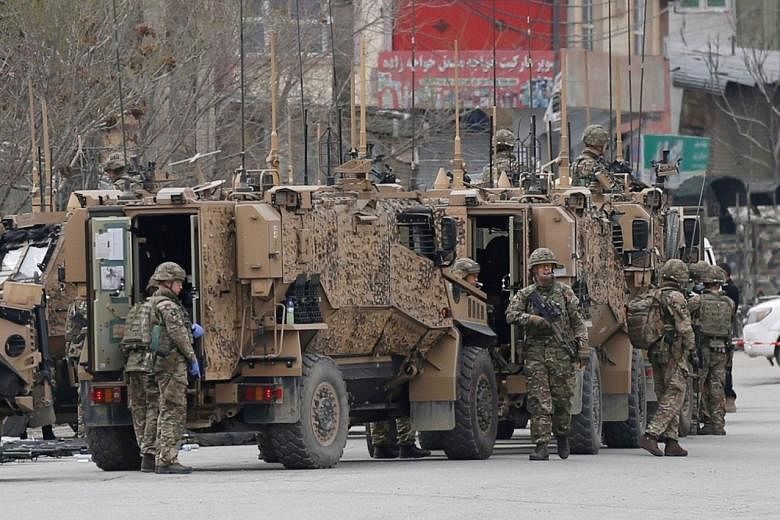While the world's attention was on the G-7, Nato and Europe, the Shanghai Cooperation Organisation (SCO) turned 20 last week. Bringing together China, Russia, Kyrgyzstan, Kazakhstan, Tajikistan, Uzbekistan, India and Pakistan, and built around counter-terrorism cooperation, the SCO is sometimes described as Nato of the East.
But this misses the bigger impact it has had in terms of providing China a vehicle through which to shape the Eurasian heartland.
Already a subscriber? Log in
Read the full story and more at $9.90/month
Get exclusive reports and insights with more than 500 subscriber-only articles every month
ST One Digital
$9.90/month
No contract
ST app access on 1 mobile device
Unlock these benefits
All subscriber-only content on ST app and straitstimes.com
Easy access any time via ST app on 1 mobile device
E-paper with 2-week archive so you won't miss out on content that matters to you

